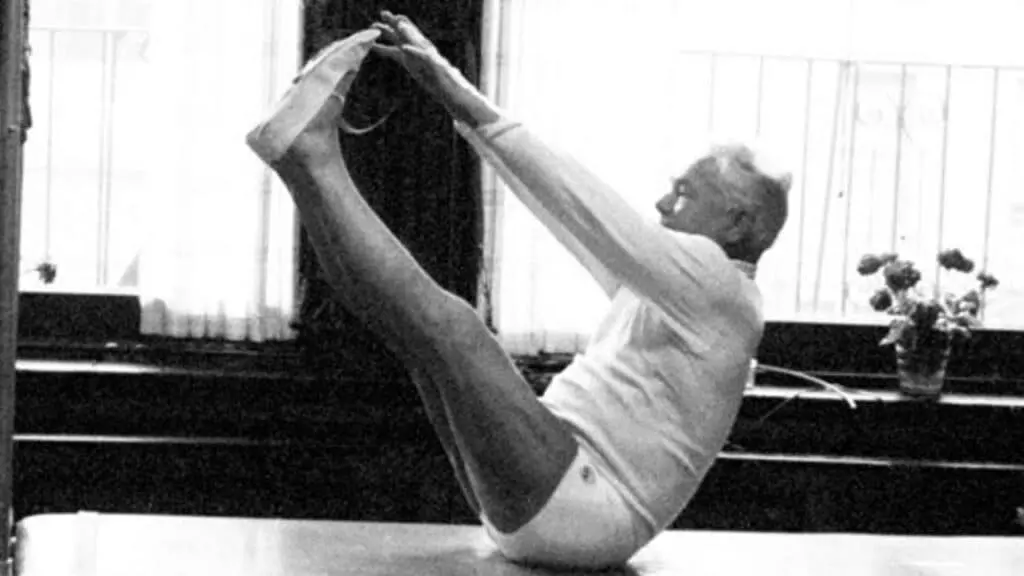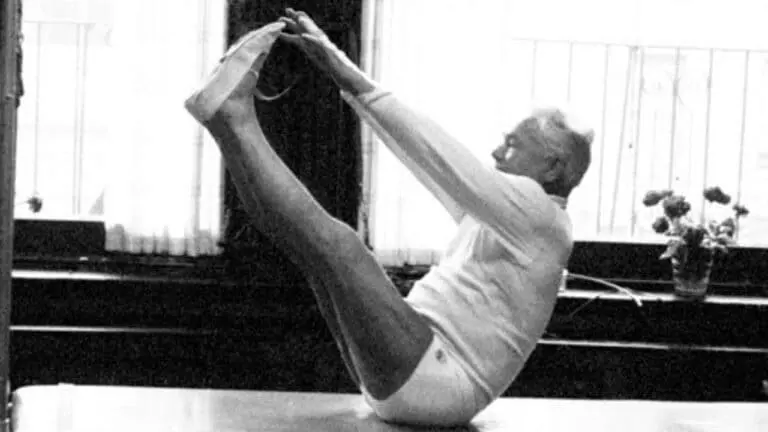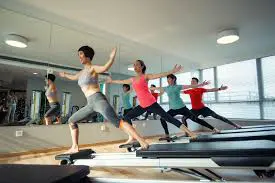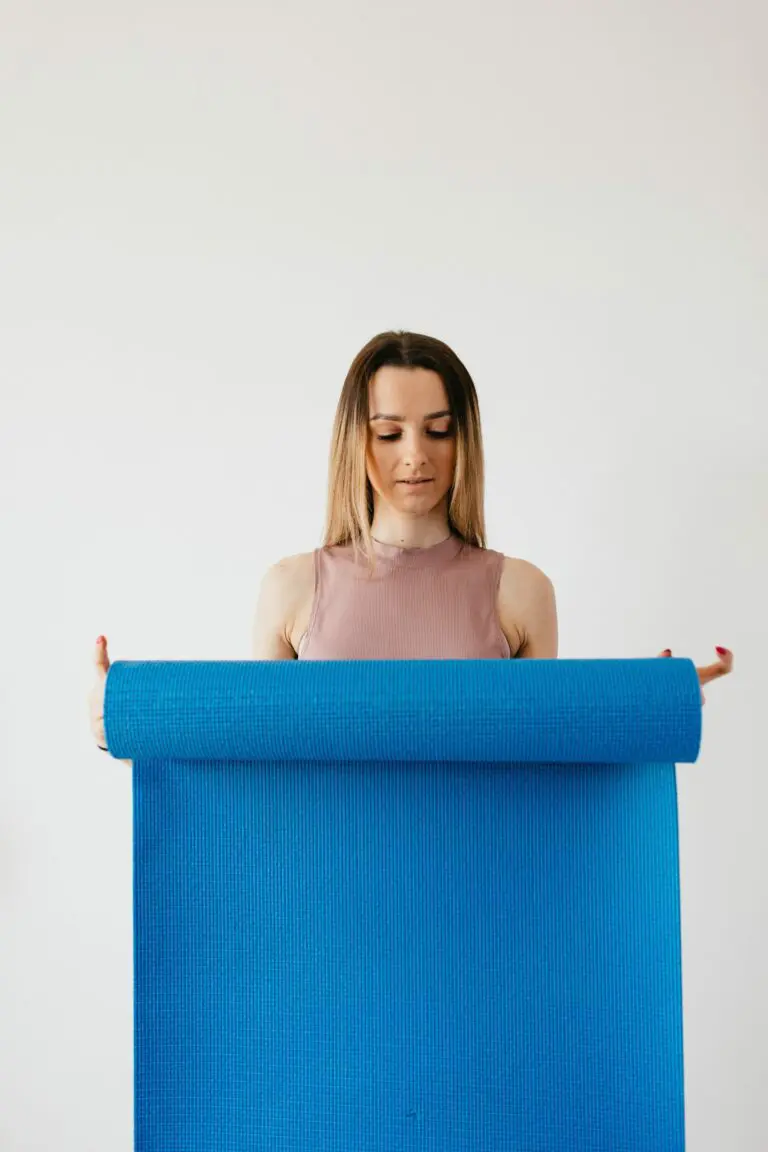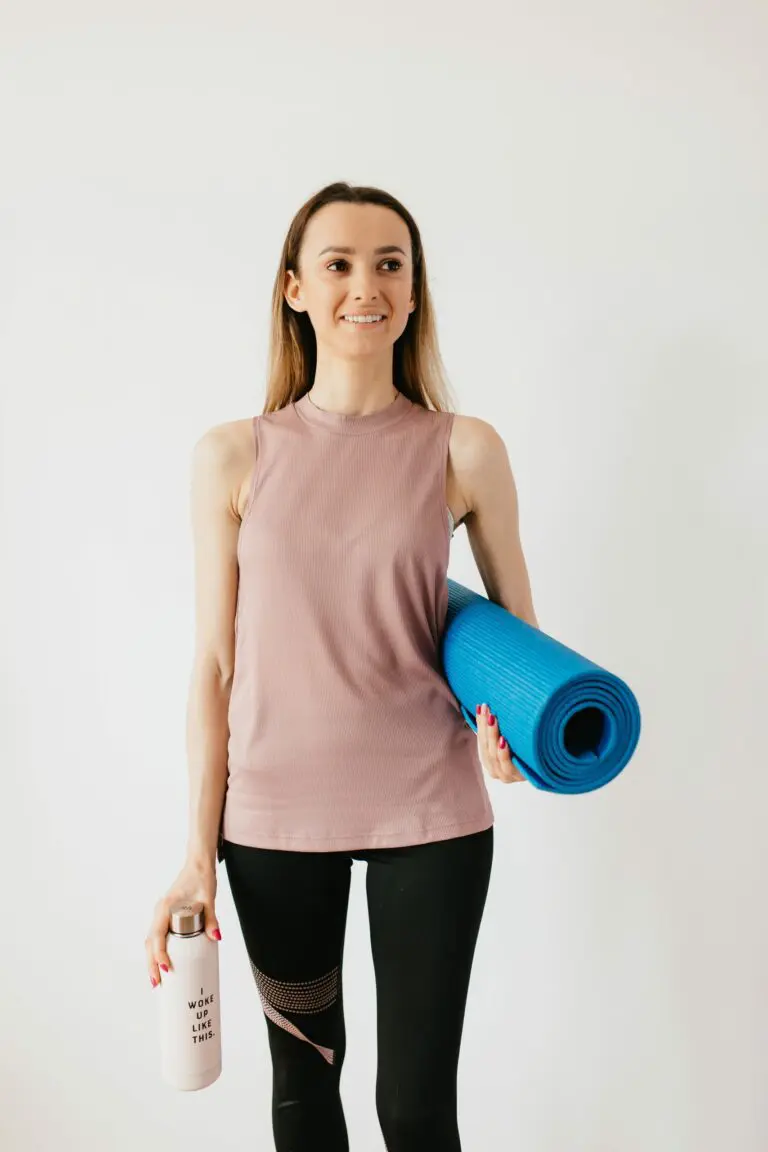Joseph Pilates (Pi-LAH-teez) was a German-born fitness pioneer who developed a system of exercises that he claimed could achieve “physical perfection.” Born in Germany in 1883, he was a sickly child suffering from asthma, rickets, and rheumatic fever. He was often bedridden, but he was ambitious and determined to feel better, so he turned to physical fitness to improve his health.
From sickly to sculpted
To this end, Pilates studied Eastern disciplines like yoga and martial arts and blended these with Western systems such as gymnastics and recreational sports. He also researched anatomy books and took to observing animals to understand movement better. He became a professional boxer and self-defense instructor. In 1912, Pilates moved to England to teach self-defense.
He soon developed a series of exercises focusing on controlled movement and breathwork. Pilates believed strong abdominal muscles were the key to a healthy body and designed his exercises accordingly. At a young age, he became so sculpted that he performed in a Greek statue act with his brother in a circus in England.
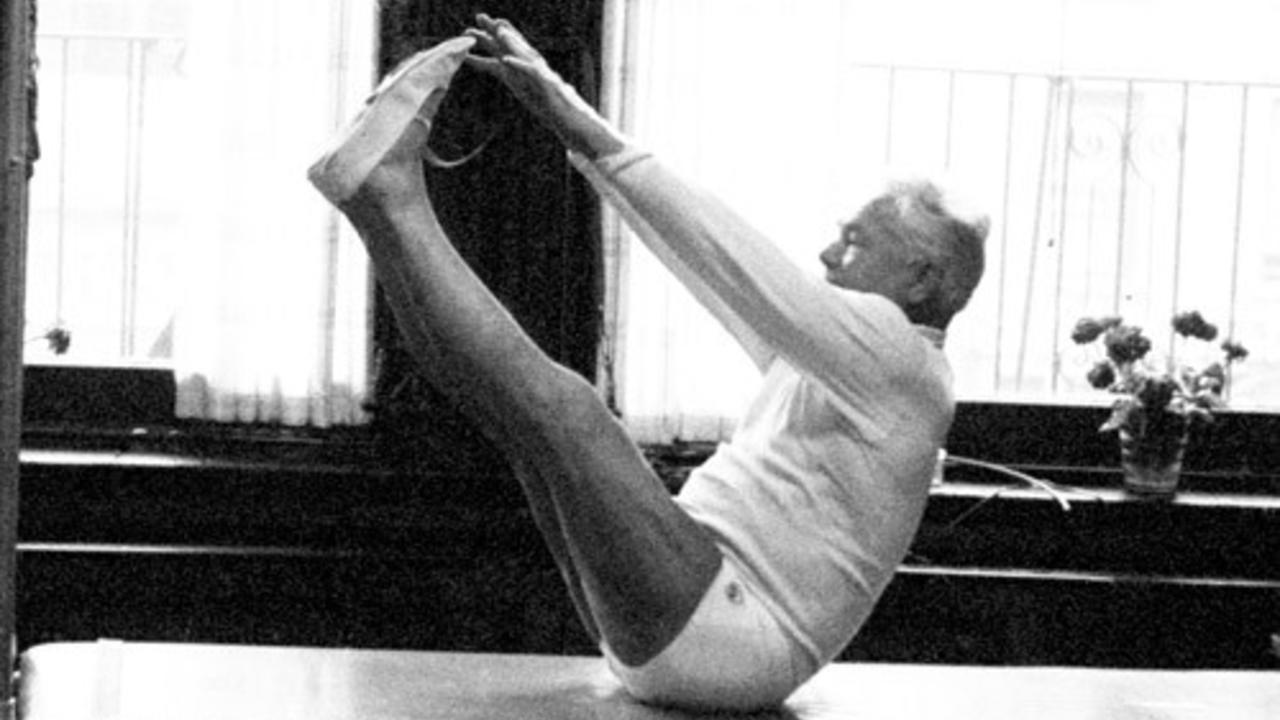
Bonus boost
When the 1918 pandemic struck, many people turned to Pilates to boost their immune systems and protect themselves from the disease. While no scientific evidence supports these claims, anecdotal reports suggest that those who practiced Pilates during the pandemic were less likely to become sick.
In some cases, Pilates may have even helped people to recover from the disease more quickly. Whether or not Pilates can genuinely protect against illness, there is no doubt that it can positively impact the mind and body.
The mother of invention
Pilates began experimenting with exercise while working as an inmate in a British internment camp during World War I. He observed that the guards responsible for overseeing the prisoners were much less likely to fall ill than the prisoners themselves. Pilates reasoned that the guards had better posture and more muscular balance.
Inspired by this observation, he began developing a system of exercises that he believed would promote good posture and muscular balance. He called his method “Contrology.”
Here, he got the idea to design equipment made from bed springs to create a series of rehabilitation exercises in small spaces. By disassembling beds in the camps and using the few available materials, Pilates became the unofficial go-to person for physiotherapy for the injured and bedridden persons in the camp!
After the war, Pilates returned to Hamburg, where his reputation as a physical trainer and healer preceded him, and he continued to teach and develop his method. He eventually decided to immigrate to the United States. On his way to the US, he met a nurse called Clara on the boat, and the two would eventually marry and open a studio in New York City. Here they taught his developing method, “Contrology.”
Contrology
The system of Contrology was based on six principles: concentration, control, center, flow, breath, and precision. Pilates believed that these principles could help people achieve optimal health and fitness. Over time, the word Contrology fell out of use and was replaced with the word pilates. Though the name may have changed, the principles remain the same.
Pilates designed Contrology as a system of exercises that anyone could perform regardless of fitness level. The goal of Contrology was to improve overall health and fitness by strengthening the mind-body connection. Initially, Contrology was met with skepticism and was not widely adopted. It was not until the 1970s that Contrology gained popularity.
Word spread among dancers about the benefits of Pilates, and many local dancers flocked to Pilates and his studio in NYC. Among them were Martha Graham, who is credited with helping to popularize Pilates; ballet dancer George Balanchine; and American tap dancer Jack Cole. Pilates quickly became an integral part of the dance world thanks to these pioneers.
Dancing into the present
Pilates’ studio quickly became popular with dancers and other athletes, who appreciated the benefits of his exercises. Over the next few decades, Pilates’ method gained popularity among Hollywood stars and elite athletes. Today, dancers of all styles continue to benefit from the mind-body connection that Pilates fosters.
Pilates is still an excellent way to promote concentration, control, center, flow, breath, and precision in your workouts. When practiced regularly, Pilates can help you achieve optimal health and fitness. Whether you’re looking for a gentle workout or a high-intensity fitness regimen, there’s a style of Pilates that’s right for you.
There are thousands of Pilates studios worldwide, and millions of people practice his unique form of exercise regularly. Millions continue to experience the health benefits of this amalgamation of disciplines – designed through necessity but adopted by design.
